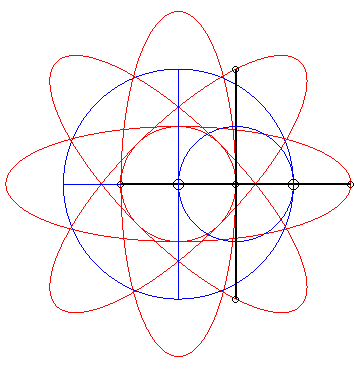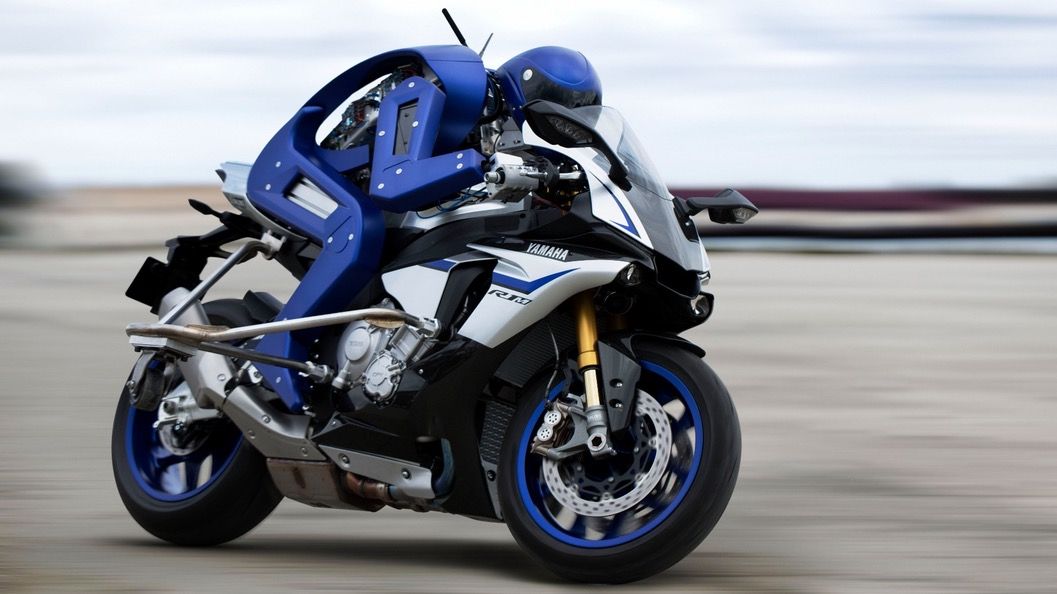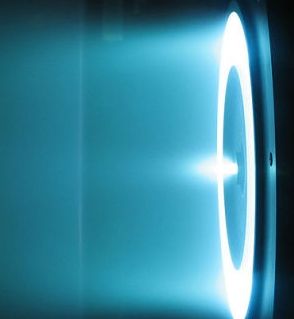Page 10867
Oct 28, 2015
Introducing the Nissan IDS Concept
Posted by Shailesh Prasad in categories: robotics/AI, transportation
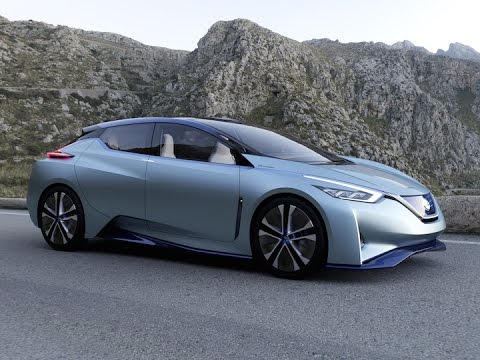
https://www.youtube.com/watch?v=h-TLo86K7Ck
At the Tokyo Motor Show 2015, Nissan unveiled a concept vehicle that embodies Nissan’s vision of the future of autonomous driving and zero emission EVs: the Nissan IDS Concept.
Presenting at the show, Nissan president and CEO Carlos Ghosn said: “Nissan’s forthcoming technologies will revolutionize the relationship between car and driver, and future mobility.”
Oct 28, 2015
Let There Be Hair: Blocking These Enzymes May Restore Your Follicles
Posted by Robert James Powles in category: biotech/medical
Losing hair can be a distressing experience for many people, but treatments are often ineffective, expensive or riddled with side effects. Could this development change that?
A study from Colombia University has shown blocking a certain family of enzymes can rapidly restore hair. The enzymes are called the Janus kinase (JAK) family, and two drugs have already been approved for blood diseases (ruxolitinib) and rheumatoid arthritis (tofacitinib), and are also undergoing other clinical trials.
Oct 28, 2015
Yamaha shows Motobot motorcycle-riding humanoid robot
Posted by Shailesh Prasad in categories: business, robotics/AI, transportation
The aim of the exercise is to develop rider-support systems similar to those we are seeing developed in automobiles to make driving safer. “We want to apply the fundamental technology and know-how gained in the process of this challenge to the creation of advanced rider safety and rider-support systems and put them to use in our current businesses, as well as using them to pioneer new lines of business,” says Yamaha’s release.
Oct 28, 2015
Silicon Battery Technology Produces Ten Times More Energy
Posted by Shailesh Prasad in categories: bioengineering, energy, transportation
Substantially smaller and longer-lasting batteries for everything from portable electronic devices to electric cars could be come a reality thanks to an innovative technology developed by University of Waterloo researchers.
Zhongwei Chen, a chemical engineering professor at Waterloo, and a team of graduate students have created a low-cost battery using silicon that boosts the performance and life of lithium-ion batteries. Their findings are published in the latest issue of Nature Communications.
Waterloo’s silicon battery technology promises a 40 to 60 per cent increase in energy density, which is important for consumers with smartphones, smart homes and smart wearables.
Oct 28, 2015
FDA approves first cancer-killing virus — The Boston Globe
Posted by Shailesh Prasad in category: biotech/medical
Viruses are usually thought of as agents of disease. But for the first time, scientists are poised to bring to the US market a virus that can help thwart cancer, a development that could herald a new age of viral therapies.
Approved by the Food and Drug Administration on Tuesday for treating advanced-stage melanoma, the virus — called Imlygic, which was developed in part in a Massachusetts lab — is a modified version of the herpes virus that both attacks the cancer and sparks the immune system into action against tumors.
In clinical trials, it has helped some cancer patients achieve remission with few of the nasty side effects common to existing treatments. And as the first tumor-killing virus to receive the FDA’s blessing, Imlygic could accelerate the development of other viral therapies.
Oct 28, 2015
Why BPG will replace GIFs and not only
Posted by Shailesh Prasad in categories: entertainment, information science
This means that BPG not only is way smaller than JPEG but also delivers a better quality. And that’s not all! It also supports animations!
And when I say animation, I actually say GIF-like movies with MP4 quality that are actually smaller than the mp4 it was built from.
Let’s see an example (I have not included a GIF example because the same quality size and frame rate means that the GIF will have exactly 33.8MB)
Oct 28, 2015
Free energy of Tesla. Film (Dubbed into English)
Posted by Shailesh Prasad in categories: bioengineering, energy, physics
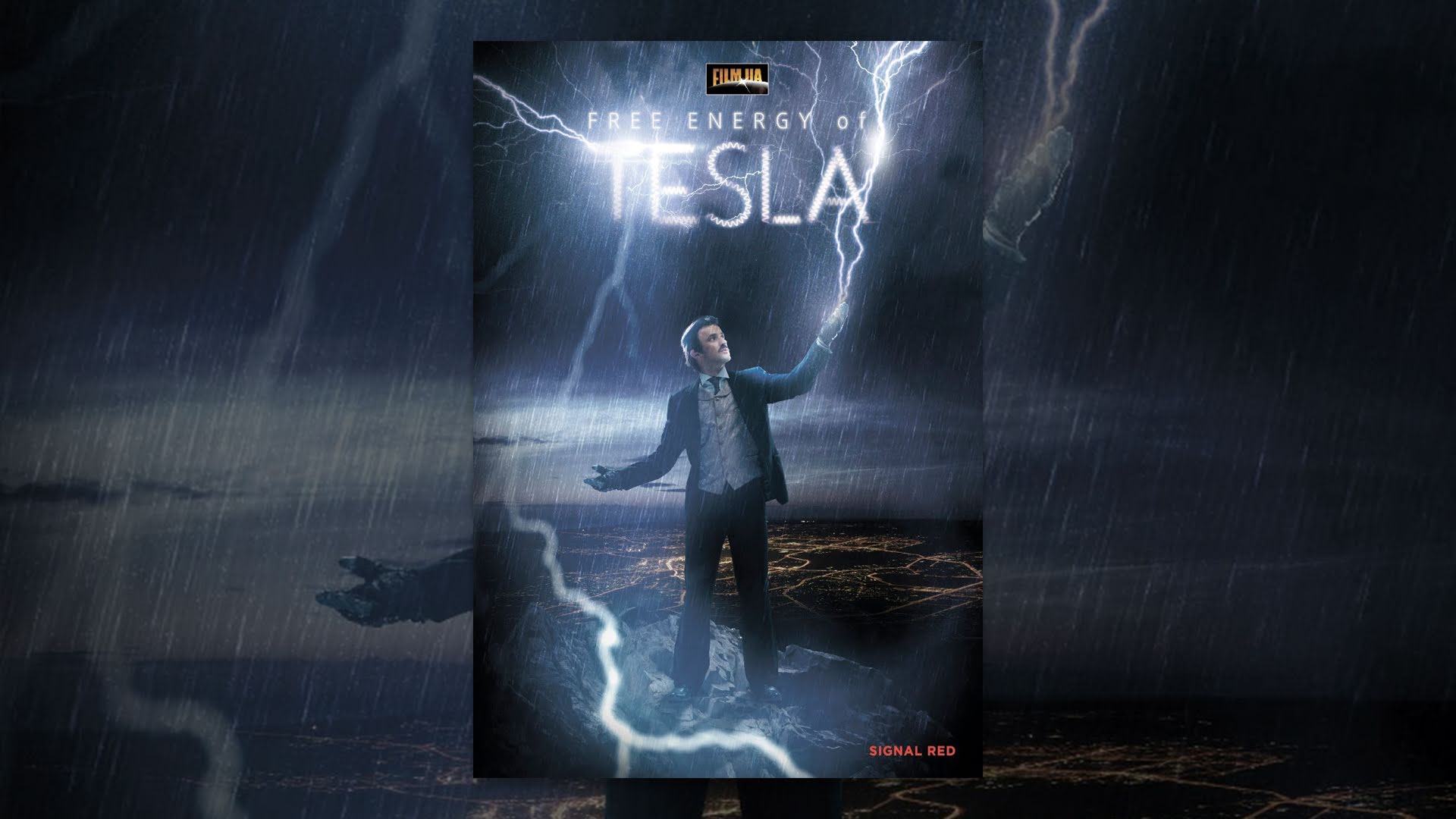
Site — http://goo.gl/oORnr
IMDB — http://goo.gl/0PQvB
Instagram — http://goo.gl/JiyAC
Twitter — http://goo.gl/Ne8ZE
LinkedIn — http://goo.gl/myBN0
Vimeo — http://goo.gl/c57k6
Genre: docudrama
Type: documentary
Year: 2011
Director: Misha Kostrov
Creative director: Eugene Sannikov
Producer: Victor Mirsky, Sergey Sozanovsky
Creative producer: Oksana Maidanskaya
Director of photography: Vladimir Kratinov
Scriptwriter: Nataliya Doilnitsyna
Аwards: Platinum Remi Award, WorldFest Houston 2013
The film tacks together two tales: a historical account of Tesla’s eventful life and his pioneering research into physics and bold experiments with electricity.
Continue reading “Free energy of Tesla. Film (Dubbed into English)” »
Oct 28, 2015
New silicon-based anode set to boost lifetime and capacity of lithium-ion batteries
Posted by Shailesh Prasad in categories: energy, materials, nanotechnology
A new approach developed by researchers at the University of Waterloo could hold the key to greatly improving the performance of commercial lithium-ion batteries. The scientists have developed a new type of silicon anode that would be used in place of a conventional graphite anode, which they claim will lead to smaller, lighter and longer-lasting batteries for everything from personal devices to electric vehicles.
Graphite has served the lithium-ion battery world as material for negative electrodes well so far, but also presents something of a roadblock for improved capacity. This is due to the relatively small amount of energy it can store, which comes in at around 370 mAh/g (milliamp hours per gram). Silicon has become an increasingly popular substitute for battery researchers looking to up the ante, with a specific capacity of 4,200 mAh/g. However, it isn’t without its limitations either.
As silicon interacts with lithium inside the cell during each charge cycle, it expands and contracts by as much as as 300 percent. This immense swelling brings about cracks that diminish the battery’s performance over time, leading to short circuits and ultimately cell failure. Other recent attempts to overcome this problem have turned up battery designs that use sponge-like silicon anodes developed at the nanoscale, silicon nanowires measuring only a few microns long and ones that bring graphene and carbon nanotubes into the mix.
Oct 28, 2015
A Simple Design Change Could Make a Thruster To Get Us to Mars
Posted by Jeremy Lichtman in categories: energy, particle physics, space travel
A Hall thruster is powering many of the satellites moving around Earth right now. It needs 100 million (yes, you read that right, 100 million) times less fuel than chemical thrusters. But it was never remotely sturdy enough to get anything to Mars—until now.
Typical chemical thrusters are pretty simple. Fuel combusts, gases shoot one way, and a rocket shoots the other way.
Ion thrusters are a little different. They contain charged electrodes, an anode and a cathode, and allow positively charged ions to shoot from the anode to the cathode. Thanks to momentum, the ions will “overshoot” the cathode. Under regular circumstances they’d be sucked back, but once they’ve cleared the cathode, they’re hit by a beam of electrons, neutralizing them and allowing them to go on their way without interference from the charged cathode. So the neutralized atoms shoot one way, and the rocket shoots another.
